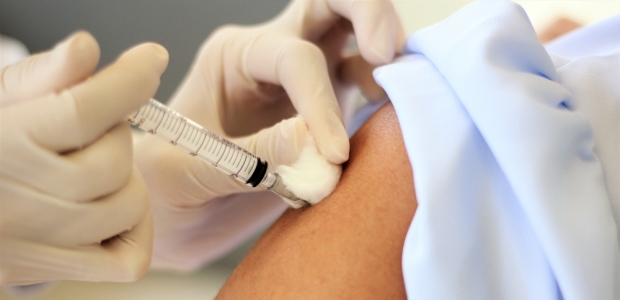
Flu Widespread in California, State Officials Urge Vaccination
For the week ending Dec. 30, 2017, which was the most recent report available as of Jan. 9, there had been 27 flu-associated deaths in persons under 65 years of age reported to CDPH. But because only influenza deaths in persons less than 65 years are reported to CDPH, the total number of deaths due to influenza is higher, according to the agency.
The California Department of Public Health warned residents Jan. 9 that flu activity in California is both widespread and at levels usually seen at the peak of the influenza season; the state's health officials are urging Californians to get vaccinated if they haven't already done that.
For the week ending Dec. 30, 2017, which was the most recent report available as of Jan. 9, there had been 27 flu-associated deaths in persons under 65 years of age reported to CDPH. But because only influenza deaths in persons less than 65 years are reported to CDPH, the total number of deaths due to influenza is higher, according to the agency.
"With the increase in influenza impacting many communities across the entire state, it is important to get a flu shot now if you have not done so already," said CDPH Director and State Public Health Officer Dr. Karen Smith. "Although influenza season usually peaks between December and February, flu activity can occur as late as May, which means it is not too late to get vaccinated."
It takes about two weeks after vaccination for the body to respond fully, and flu vaccine effectiveness varies for the different strains and year by year. Data will be available from the Centers for Disease Control and Prevention in February 2018 about vaccine effectiveness. "Vaccination will prevent infection in a large number of cases. If disease does occur after vaccination, the vaccine can reduce the severity of flu symptoms," Smith said. "Getting the flu shot is still the best way to protect yourself and others from flu."
People at high risk for serious flu-related complications that can lead to hospitalization and even death include pregnant women; children younger than 5, and especially children younger than 2; people 65 years of age and older; and people who have certain medical conditions, such as asthma, diabetes, and heart disease.
To stop the spread of flu and other respiratory illnesses, the department recommends that you:
- Stay home while sick and limit contact with others
- Cover your cough or sneeze with your sleeve or a disposable tissue
- Wash your hands frequently and thoroughly with soap and warm water or use an alcohol-based hand sanitizer
- Avoid touching your eyes, nose, and mouth
The CDPH flu website is a good source for information.